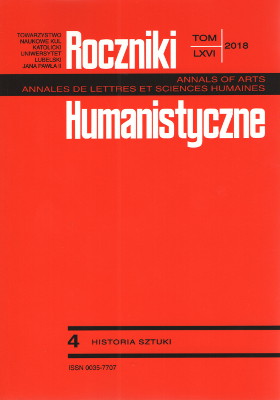Przedstawienia Chrystusa Ukrzyżowanego w rzeźbie hiszpańskiej złotego wieku
Representations of the Crucified Christ in the Spanish sculpture of the Golden Age
Author(s): Greta DzikowskaSubject(s): Fine Arts / Performing Arts, Visual Arts
Published by: Towarzystwo Naukowe KUL & Katolicki Uniwersytet Lubelski Jana Pawła II
Keywords: sculpture; Spain; golden age
Summary/Abstract: The Spanish sculpture of the Golden Age was thoroughly religious. The artists of that time drew mainly from the Bible, especially from the New Testament, but they also turned towards hagiography and the history of Christian martyrs. They considered the saints and their history with reverence, thus fulfilling the requirements and provisions of the Council of Trent regarding art. The exclusivity of religious content in Spanish art resulted in the creation of original works showing themes that artists from other great artistic centers did not reach. Popular piety activated the artists in referring to the work in such a way as to bring spiritual benefits to the recipients.Christian spirituality is inextricably linked with the history of the Redemption, which was accomplished through the death and resurrection of Jesus Christ. The crucifixion of Jesus is the focal point of the Passion. It is also one of the New Testament themes most commonly discussed by artists of all times. The Spanish sculpture of the Golden Age could not do without this fundamental event in the salvation history. The Crucified Christ was often presented by the greatest sculptors from the Iberian Peninsula. Through the form of expression, as well as craftsmanship of the creators, the content conveyed by the Gospel not only affected the faithful spiritually, stimulating them to strong faith and reflection, but also influenced their aesthetic sense.
Journal: Roczniki Humanistyczne
- Issue Year: 66/2018
- Issue No: 4
- Page Range: 55-74
- Page Count: 20
- Language: Polish

